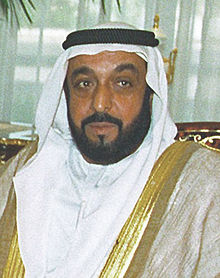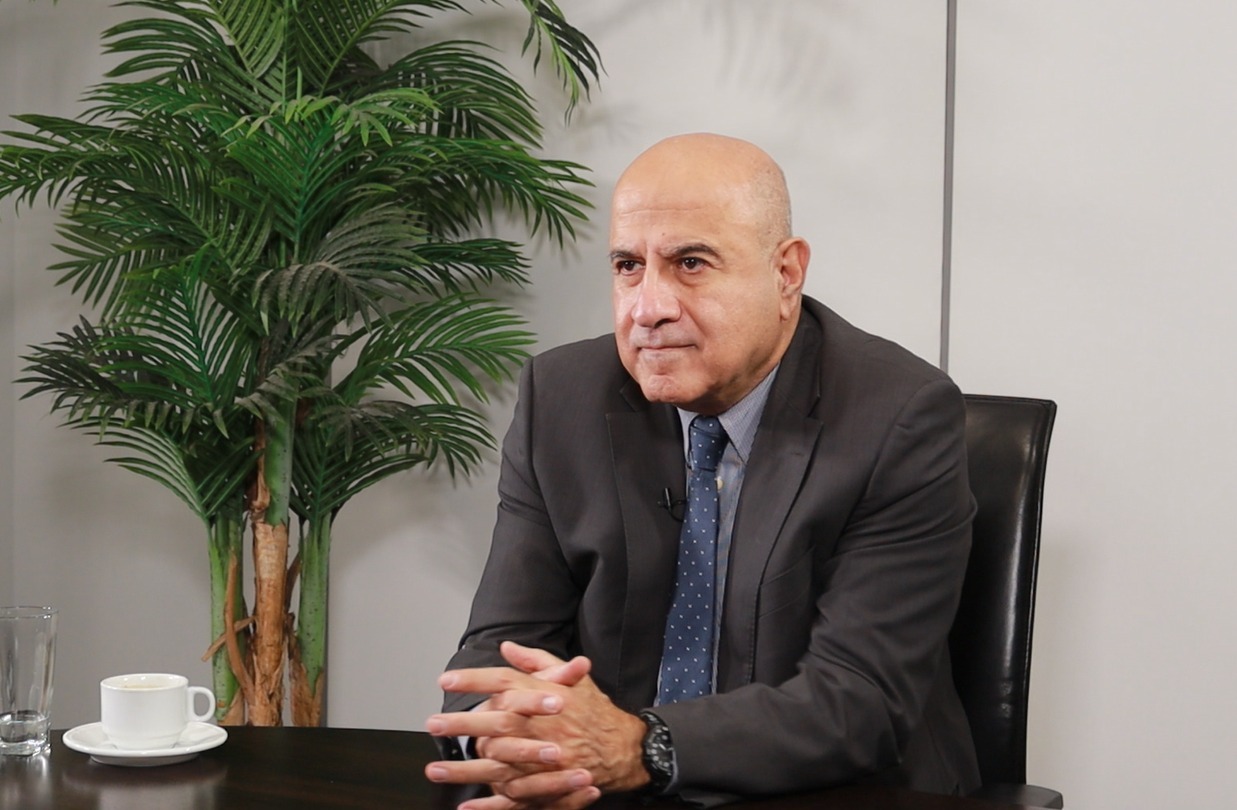The Emirates’ New Terror List
Abdulrahman Al-Rashed /Asharq Al Awsat
Tuesday, 18 Nov, 2014
The United Arab Emirates has become the second Gulf country after Saudi Arabia to designate the Yemeni Houthi movement’s Ansar Allah a terrorist group. This step is significant on many levels, especially as it reorganizes relations in a region which has faced many dangerous political changes. The group was blacklisted because it takes directives from Iran and because it is being employed to take over the Yemeni state amid a regional war.
The Houthi movement was one of more than 80 groups officially designated as terrorist groups by the UAE on Saturday. The Emirati move angered some parties, and particularly angered the media outlets affiliated with Muslim Brotherhood groups, who were ranked at the top of the terror list. Instead of defending the Brotherhood’s record or attempting to exonerate them, these media outlets reacted by condemning the exclusion of Lebanon’s Hezbollah from the list. Of course, Hezbollah was blacklisted and banned a long time ago. The new Emirati list includes factions that support Hezbollah, such as the Hezbollah in Saudi Arabia’s Hijaz, a group that follows Iran, Hezbollah in the Gulf region, the Badr Organization and Asa’ib Ahl al-Haq in Iraq. All these groups are extremist Shi’ites.
The list also included extremist Sunni organizations such as Al-Qaeda, the Islamic State of Iraq and Syria (ISIS), Harakat Ahrar Al-Sham in Syria, Ansar Al-Shari’a in Libya, Ansar Al-Shari’a in Tunisia, Ansar Bayt Al-Maqdis in Egypt, Al-Gama’a Al-Islamiyya in Egypt, Ajnad Misr in Egypt, and the Umma Party in the Gulf and Arabian Peninsula, which are extremist Salafist groups.
In the past, terrorist groups were few in number and they had clear platforms. However, today, as a result of chaos and wars raging in so many Arab countries, these groups have grown in number and all resemble each other in the eyes of many people.
There have always been these lists and all states have them. However, keeping these lists confined to the ministries of interior and foreign affairs is no longer politically useful as making the names public is an important part of the move to combat such groups. Houthi supporters will, for example, discover that their opponents include Saudi Arabia and the UAE, in addition to the weak transitional government of Yemen. The Houthis must therefore choose which camp they prefer.
The majority of objections to the Emirati terror list came from the Muslim Brotherhood, which has been engaged in battles against the UAE for a while now on behalf of other parties. One notices that the excuses they resort to can actually be used to condemn them. They said that Lebanon’s Hezbollah was not listed and this is not true, as the party was banned a long time ago. Hezbollah is also a long-time ally of the Brotherhood itself. Another claim of theirs is that they are a political and ideological-religious group, and it makes no sense to have them banned along with the likes of ISIS and Al-Qaeda. This was true in the past; however, events in Egypt and Gaza, and the Muslim Brotherhood’s activities in the Gulf, prove that the group will not hesitate to resort to violence to achieve its goals—just as the case is in Egypt today.
Hamas, which grew out of the Brotherhood, killed dozens of Fatah members in Gaza to seize and maintain power there for years.
Brotherhood groups in the Gulf have called for revolts against local governments, seeking to ride the wave of chaos that has followed the Arab Spring into power. When it failed, it allied with these countries’ foreign rivals. The roles of the Brotherhood’s political and military wings have become blurred over the past three years as they have begun to work closely together. This prompted countries like the UAE and others to view the Brotherhood as even more dangerous than ISIS.
Clarity in the current period of chaos makes it easy for everyone to understand what’s going on, and to differentiate between an friends and foes.




















